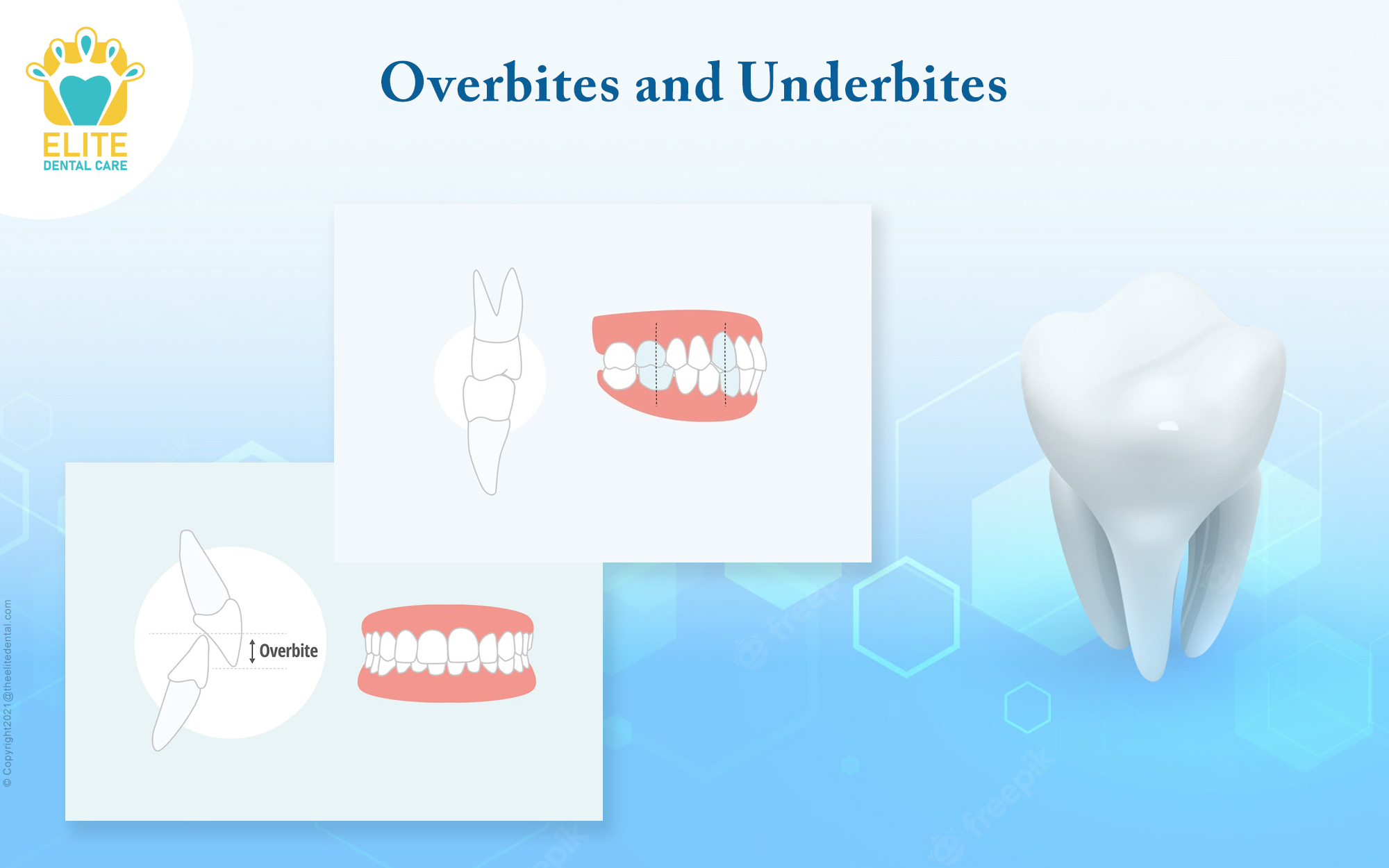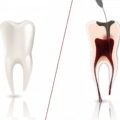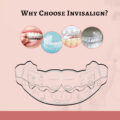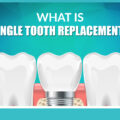
dental caredenturesflossingRoot Canal Treatment
edental
27 December 2022
Overbites and Underbites
An Introduction
The way we speak, eat, and even smile can be greatly impacted by the jaw structure and alignment of our teeth. When it comes to jaw and teeth alignment, there are two common problems that can occur: overbites and underbites.
In this blog, we will take a look at what these conditions are, what causes them, and how they can be treated.
Overbites and Underbites
When it comes to orthodontic treatments, one of the most common issues that need to be addressed is a misalignment of the jaw. This misalignment can manifest itself in either an overbite or an underbite. In both cases, the teeth may be crooked, or the lower jaw may protrude too far forward or the upper jaw may be too far back. Both overbites and underbites can cause a variety of issues, from difficulty with chewing and speaking to aesthetic concerns.
What is an Overbite?
An overbite occurs when the upper jaw protrudes too far forward, causing the upper front teeth to overlap the lower front teeth. This can cause an issue with the way the teeth close together and may lead to wear and tear on the teeth. An overbite can also cause a person to look like they are biting their lip or have a deep overbite.
What is an Underbite?
An underbite occurs when the lower jaw protrudes too far forward, causing the lower front teeth to overlap the upper front teeth. This can cause a person to look like they are biting their chin or have a deep underbite. An underbite can also cause difficulty with chewing and speaking and may lead to an inability to properly close the mouth.
Both overbites and underbites can be corrected through orthodontic treatments such as braces or Invisalign. Braces are the traditional choice for correcting overbites and underbites and involve the use of metal wires and brackets to gradually move the teeth into the correct position. Invisalign is an increasingly popular alternative that uses clear plastic trays to move the teeth into the correct position.
No matter which treatment option you choose, it is important to remember that orthodontic treatments for overbites and underbites need to be done correctly by a qualified orthodontist. If the treatment is not done correctly, the teeth may not move into the correct position and the problem could worsen.
Read our blog here: https://theelitedental.com/top-ten-tips-to-straighten-your-teeth-without-braces-elite-dental-care-tracy/
Conclusion
If you or your child have an overbite or an underbite, it is important to talk to your orthodontist to learn more about the treatment options available to you. After a thorough examination, your orthodontist can help you determine which treatment is best suited to your individual needs and help you achieve the results you desire.




